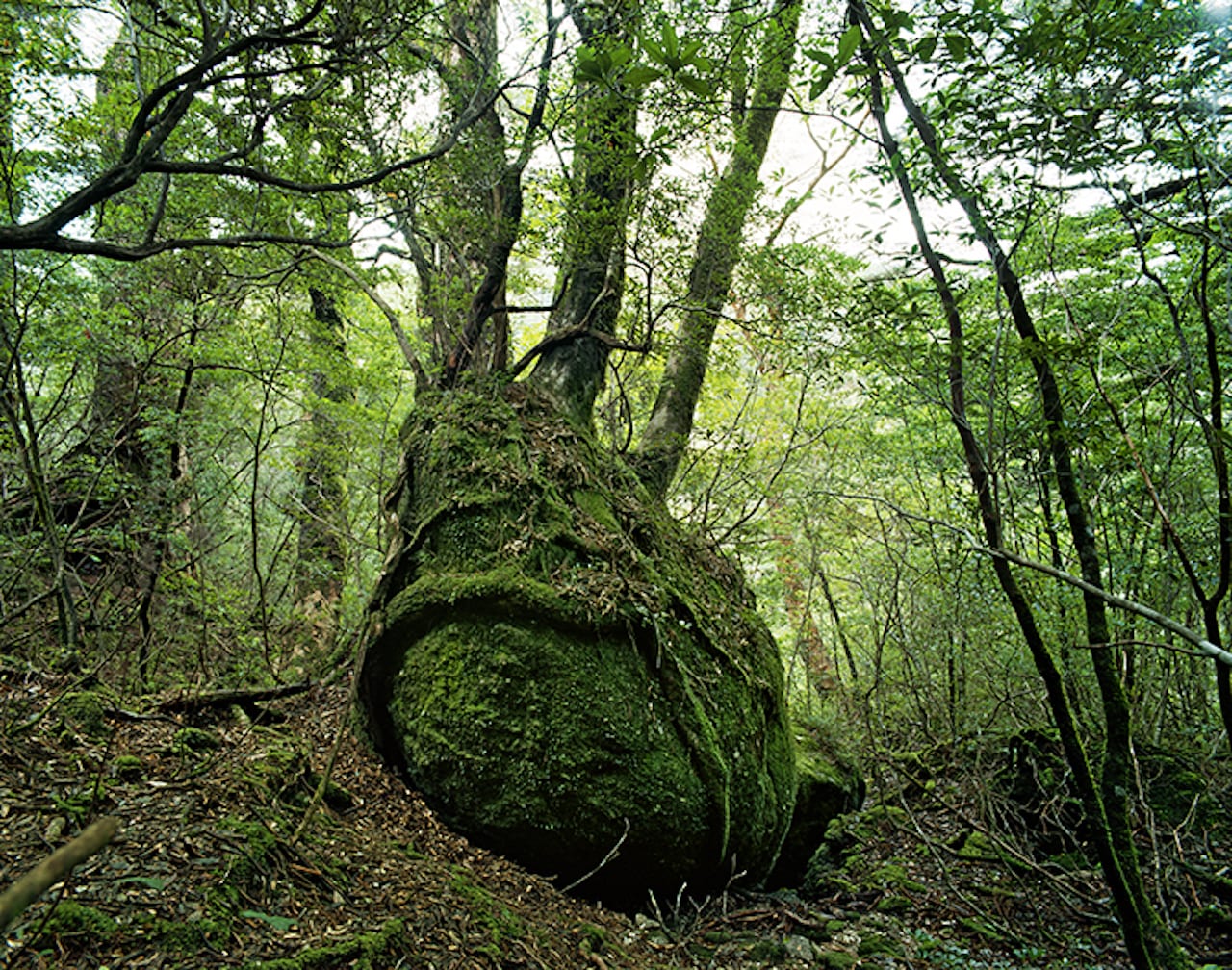I was very happy to be asked to compile my “Best of the Year”. It is not an easy concept, to define ‘best’, so what I am sharing here are art-led people and projects that have inspired, educated, excited and/or challenged me personally these past 12 months. In the face of political and environmental uncertainty I feel compelled to keep my eyes and mind wide open, to look further, to delve deeper.
First, I would like to celebrate the photography students. It is one of my greatest pleasures to work with young and emerging artists. I was hugely impressed by work this year at UK degree shows. Photographers using complex narrative techniques, from staged to documentary, engaging in a layered approach to articulate narrative. As a photography editor and curator, I feel it is essential we continue to work with and support graduates, and create bonds with schools around the world.
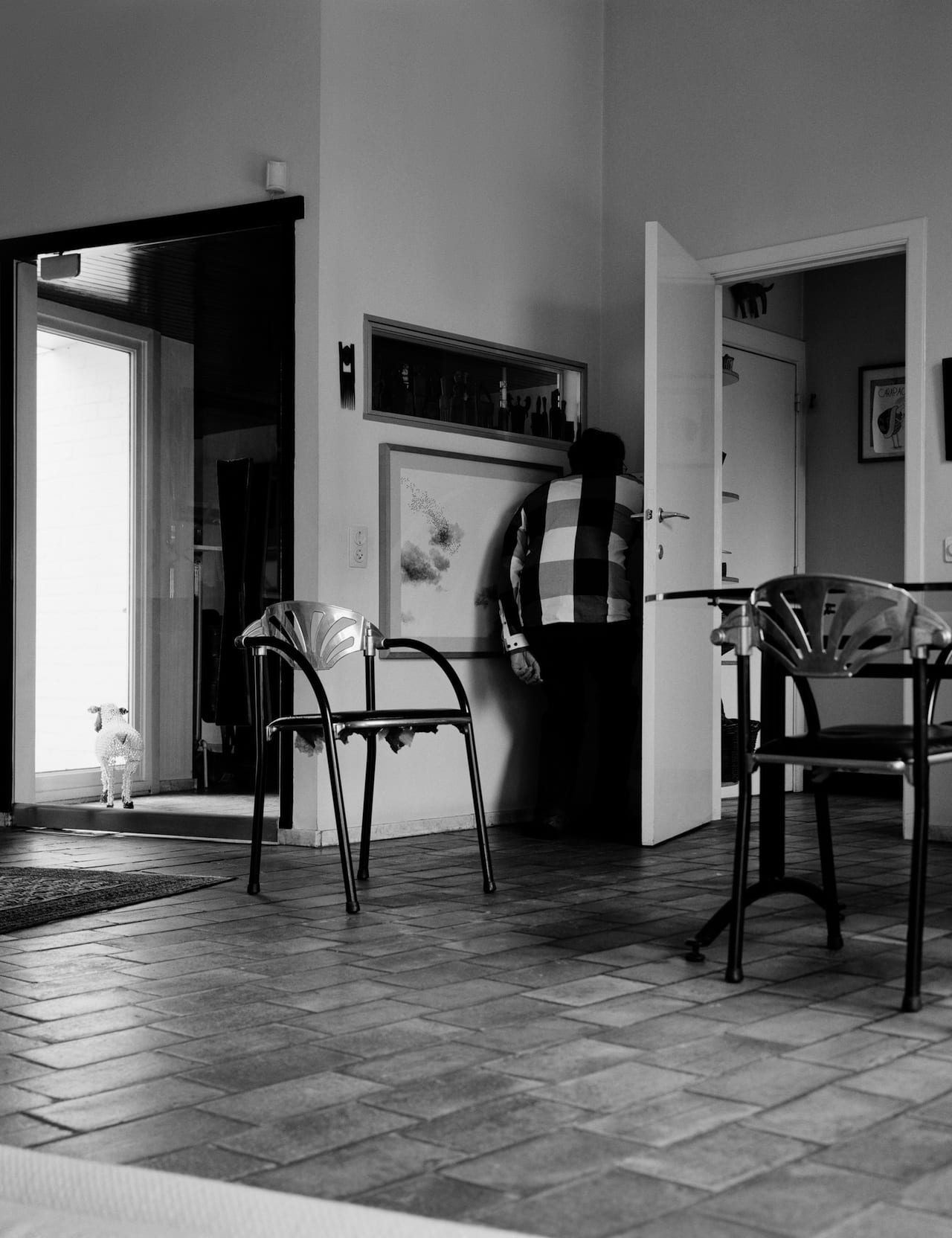
Organ Vida festival in Croatia celebrated its 10-year anniversary this year with a courageous, ambitious programme curated by Lea Vene and Marina Paulenka. Engaged, Active, Aware – Women’s Perspectives Now was conceived as a direct response to the current social and political climate. Anyone who knows about this annual festival will know that artistic director Paulenka works tirelessly to create a program that engages in critical discussion within the context of international contemporary photography. This year, the atmosphere felt charged and urgent. So many remarkable projects, I will only mention Laia Abril’s exhibition A History of Misogyny. Chapter One, On abortion because it was the first time I had seen the project realized as an exhibition. A sophisticated translation of the book into the space. Organ Vida won the Lucie Foundation prize for best curator 2018 and Abril is on the shortlist for the Deutsche Börse prize next year. Well-deserved recognition.
In London, Queer Art(ists) Now, presented by And What? Queer Arts Festival was an open- call exhibition for contemporary, UK based, Queer and LGBTQIA+ artists. With over 50 works displayed, including Damian Owen-Board’s project After the Trojan Horses, it was an eclectic mix of painting, sculpture, collage and photography together with performance art. It gave a real insight into what’s happening in the community. Also in London, I’M HOME was a project documenting female black British experience, beautifully curated by Ronan Mckenzie. Concepts of home and family were explored through her own work and that of Joy Gregory, Rhea Dillon and Liz Johnson-Artur. Alongside film and photography, the purpose-designed space acted as a hub for a series of supper clubs, workshops and events with the aim to bring audiences together in relaxed conversation. A library of books written by black women and comfortable sofas encouraged you to stay a while. I like this as a way of showing work – more than presenting on a gallery wall to come see and leave. It felt inclusive, progressive.
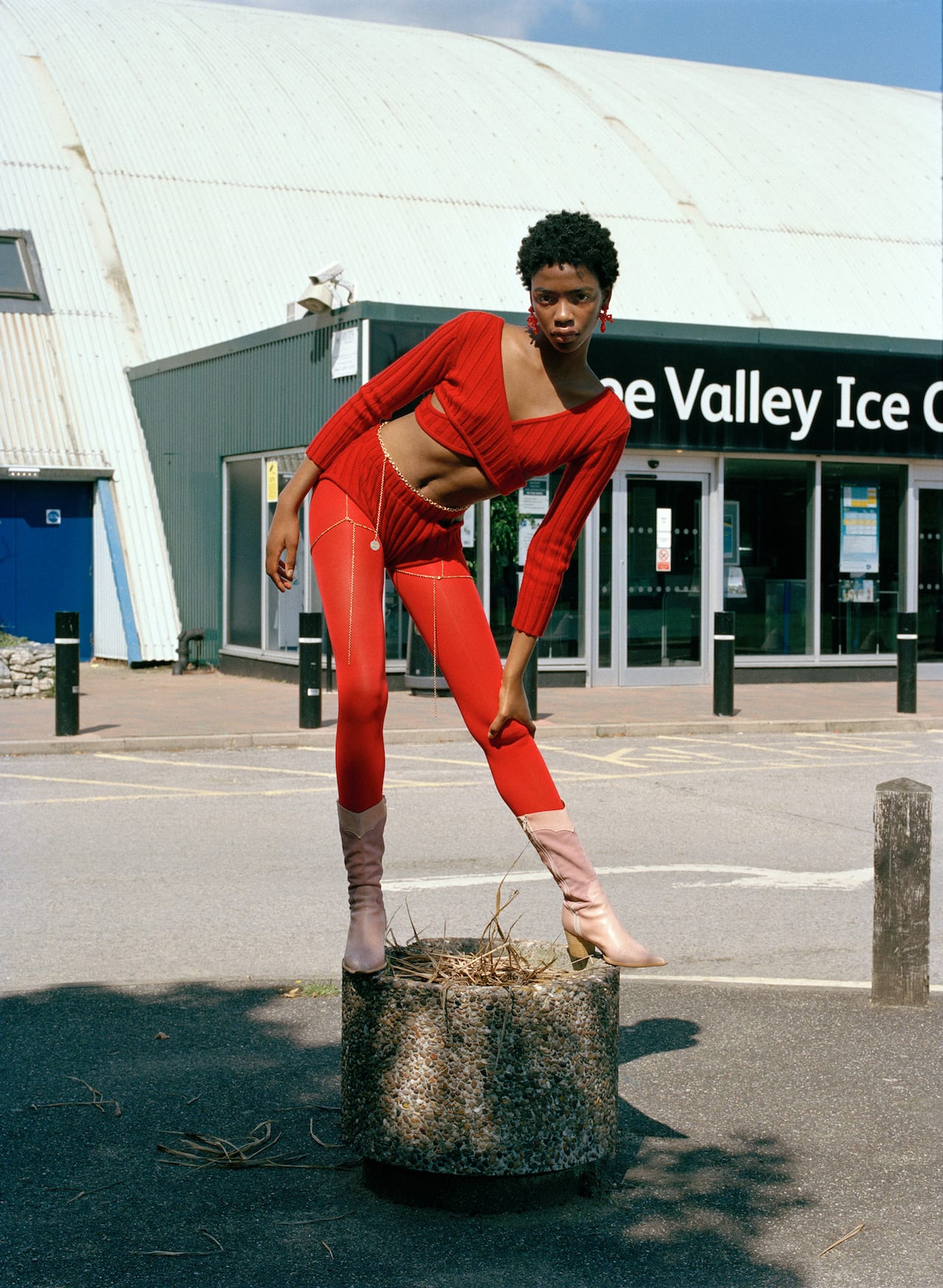
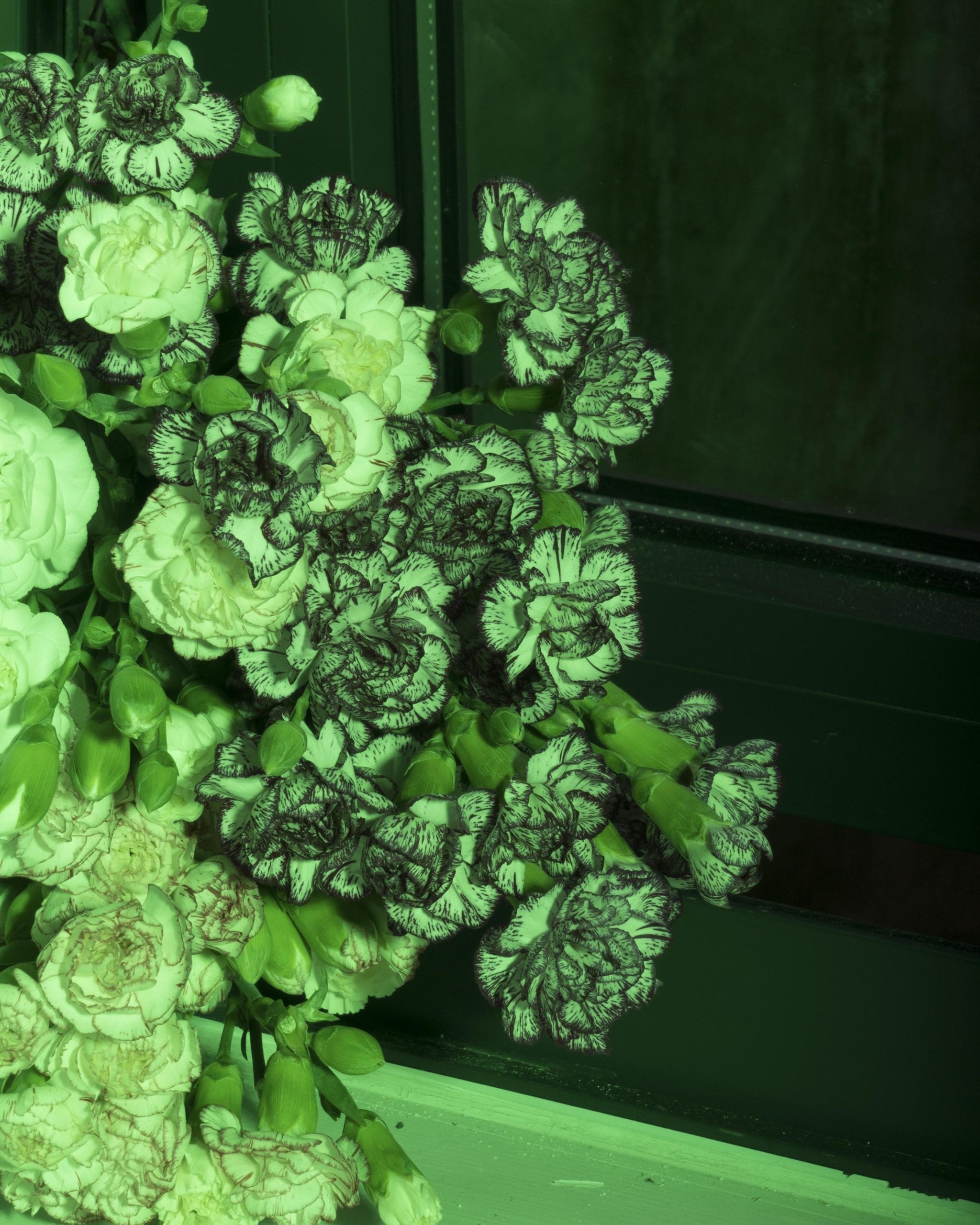
Some great photo books were published this year. If you want to see a comprehensive list i am much in agreement with Vanessa Winship’s list for the www.photobookstore.co.uk. That said, I would like to add Material Immaterial: An Experimental Publication Project curated by Rodrigo Orrantia. A visual conversation between artists Joshua Bilton, Hannah Hughes, Eugenia Ivanissevich, Tom Lovelace and Bärbel Praun, the work first shown as a fabulous ‘test book’ performance in Arles. Also Margins of Excess by Max Pinckers, which, in a canny way uses six individual narratives to challenge the notion of truth and fiction in news and photography. Finally Why Exhibit? Positions on Exhibiting Photographies, edited by Anna-Kaisa Rastenberger and Iris Sikking, which offers a multitude of perspectives from key practitioners to create a discourse about exhibiting now. An excellent resource.
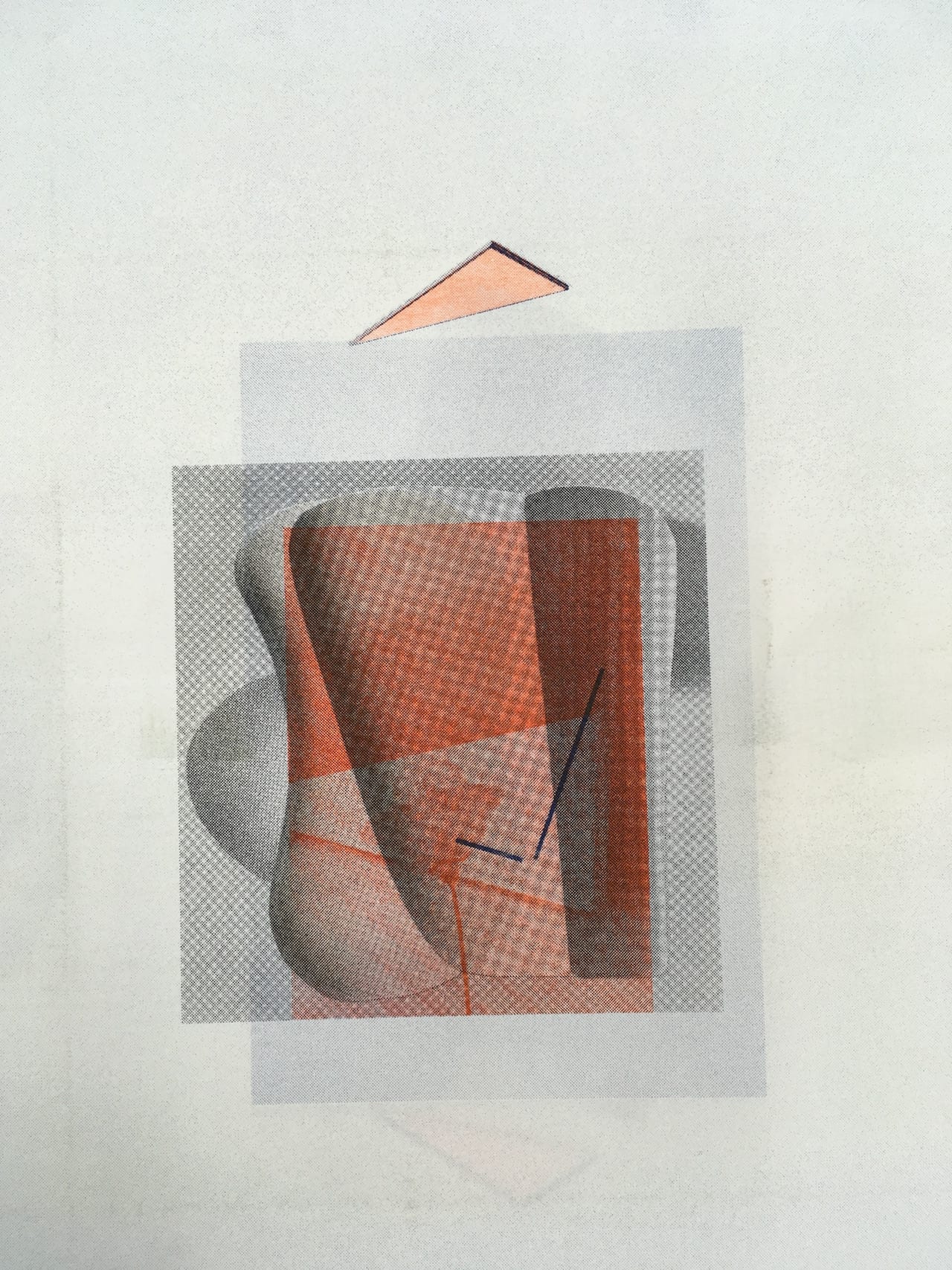
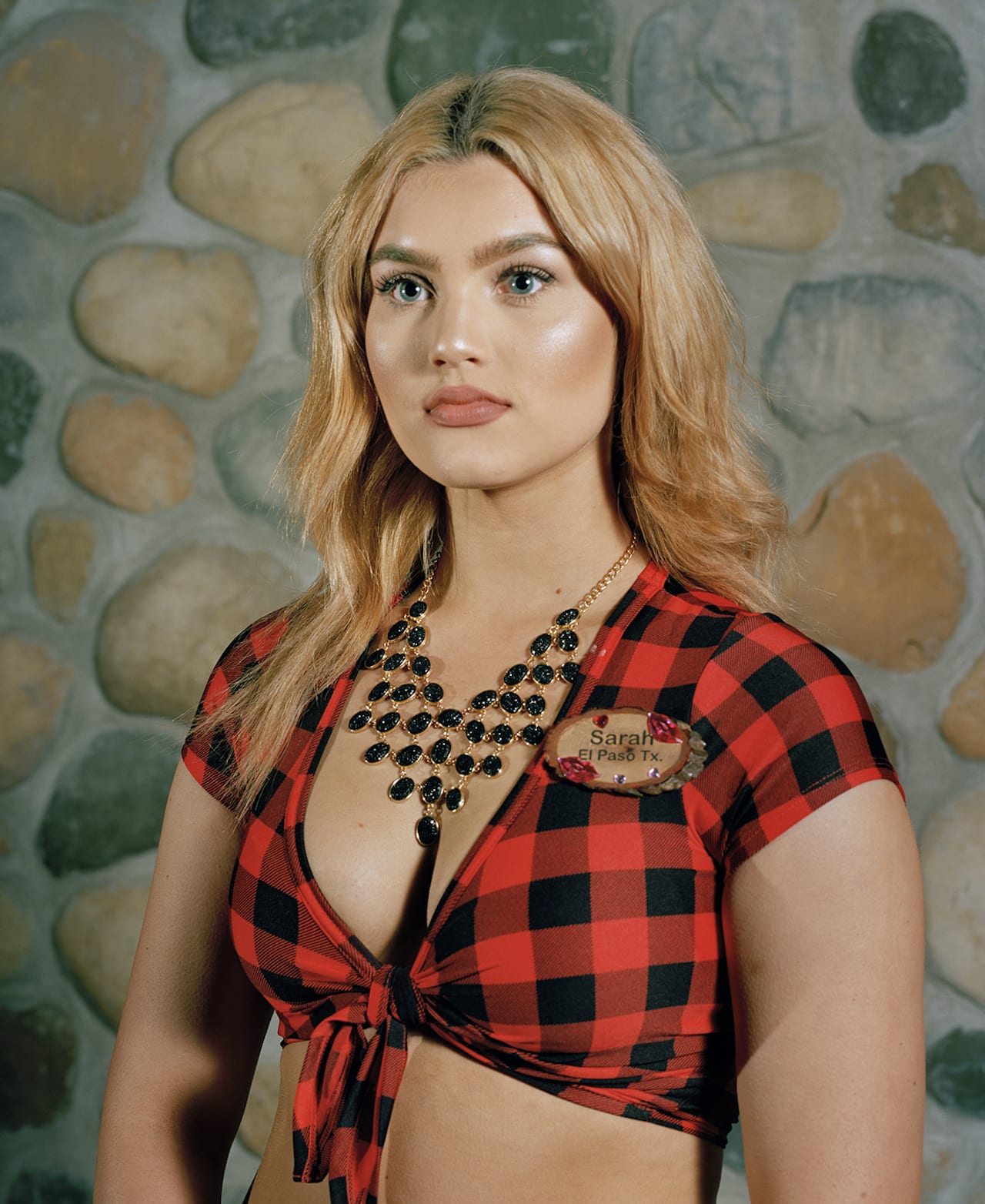
Image industry: A Provisional History of the Technical Image, 1844-2018, curated by the artist Walead Beshty, is a rich and stimulating exhibition of more than 300 works, writings and objects at the Luma Foundation in Arles until 6 January 2019. It traces the history of mechanically reproduced imagery from the 19th century to the present day. Using extensive research materials- many of which come from Beshty’s personal collection, it is a potent exploration of theme, showing that the history of the image must be taught visually. If you are in the south of France this Christmas give yourself a few hours to see this show.
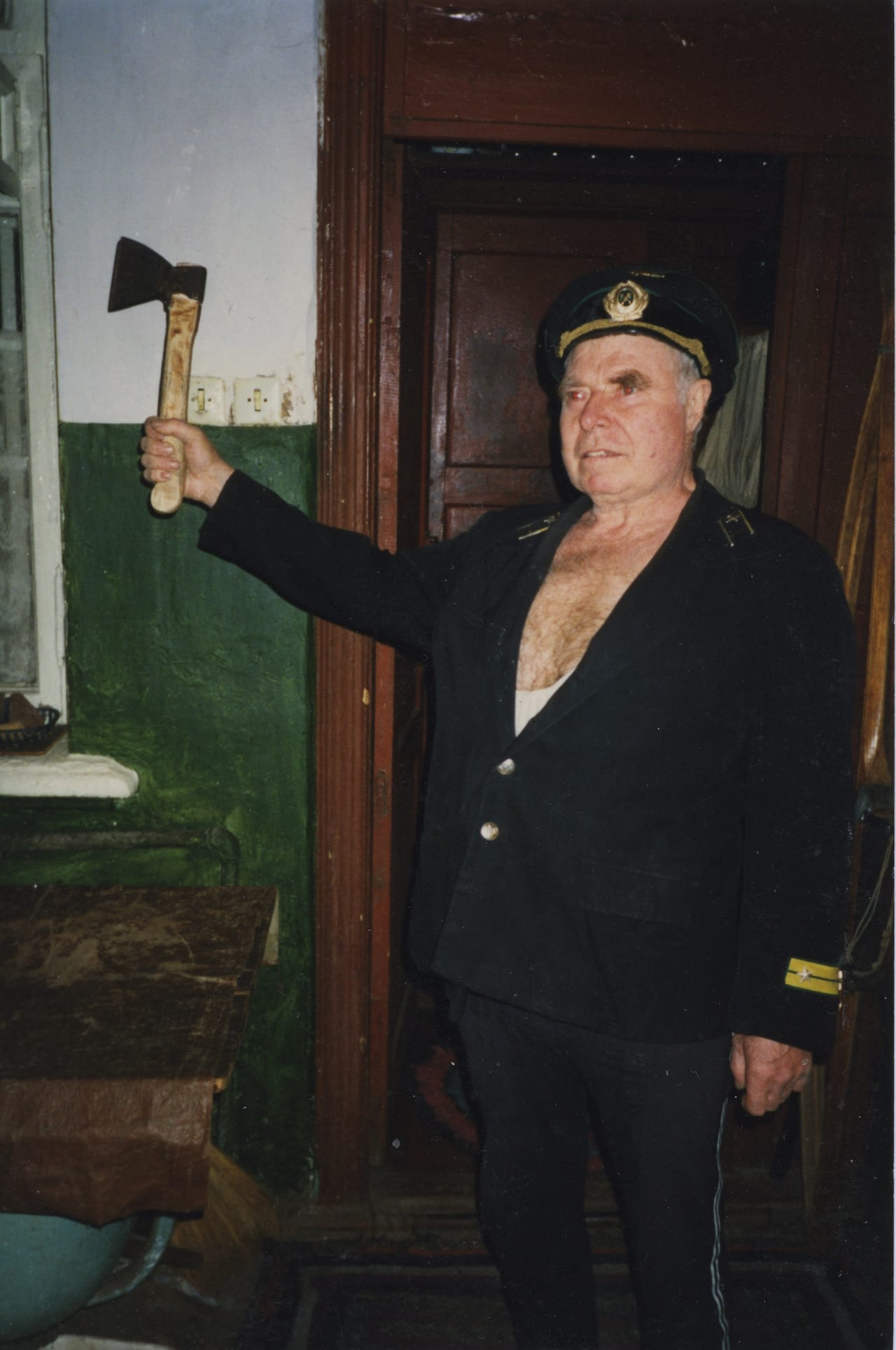
Finally, to my dear friend Jacqueline Hassink. This year the FT Weekend Magazine presented Unwired, a book and exhibition that examined the influence of mobile phone use on our lives and our relationship to the planet. It was a subject Jacqueline and I discussed often, both striving to become less connected to machines and to connect more to nature. The exhibition, designed by Irma Boom, was inaugurated at the Nederlands Fotomuseum in Rotterdam in January. It was a wonderfully sensory experience. Phones were handed in at the entrance, shoes off so that one’s bare feet could feel the carpeted floor. There was a meditative feeling running through the space until you reached the last room, where you came face to face with hundreds of commuters on mobile phones in her iPortrait installation. The contrast was arresting. Jacqueline sadly passed away last month, leaving a powerful legacy. I would like to take this last line to pay tribute to her. I love you.
